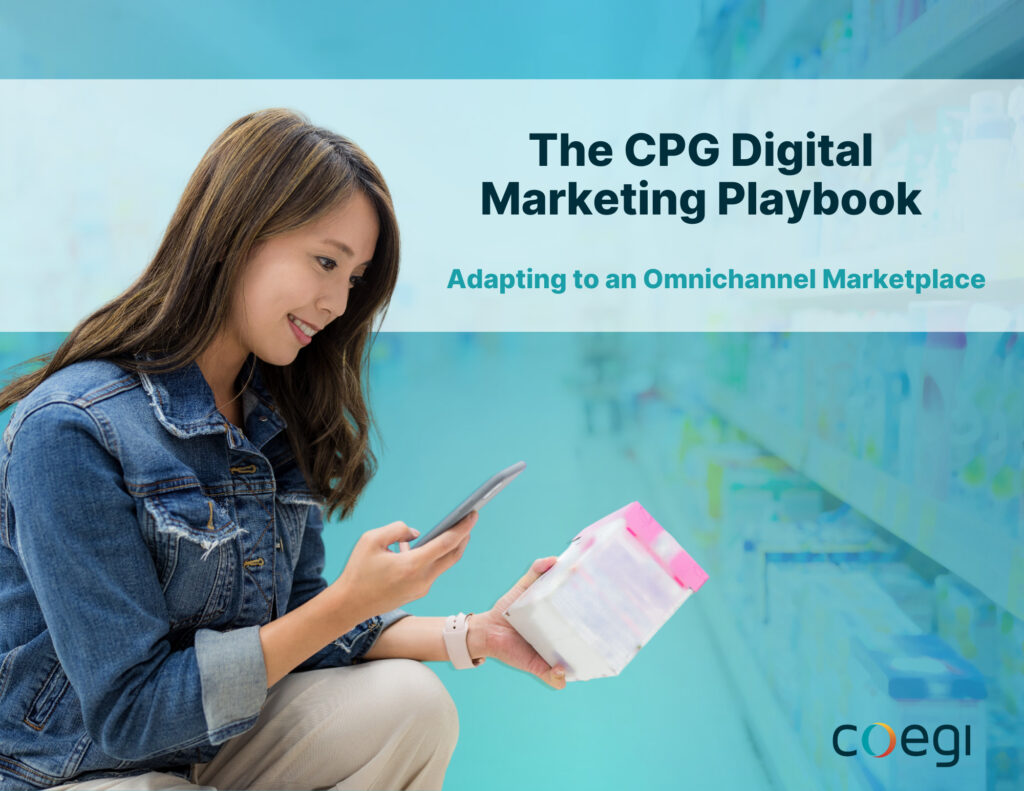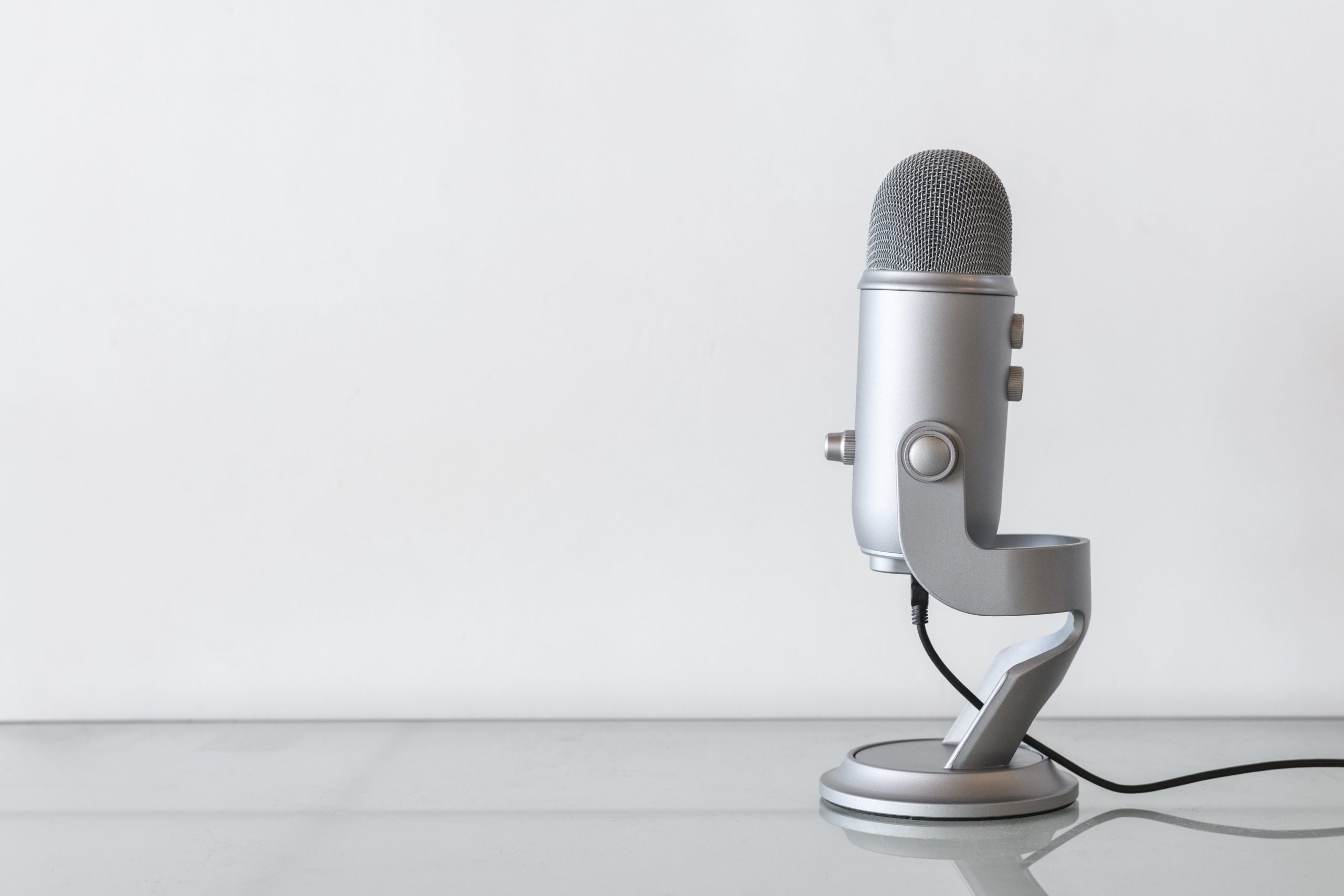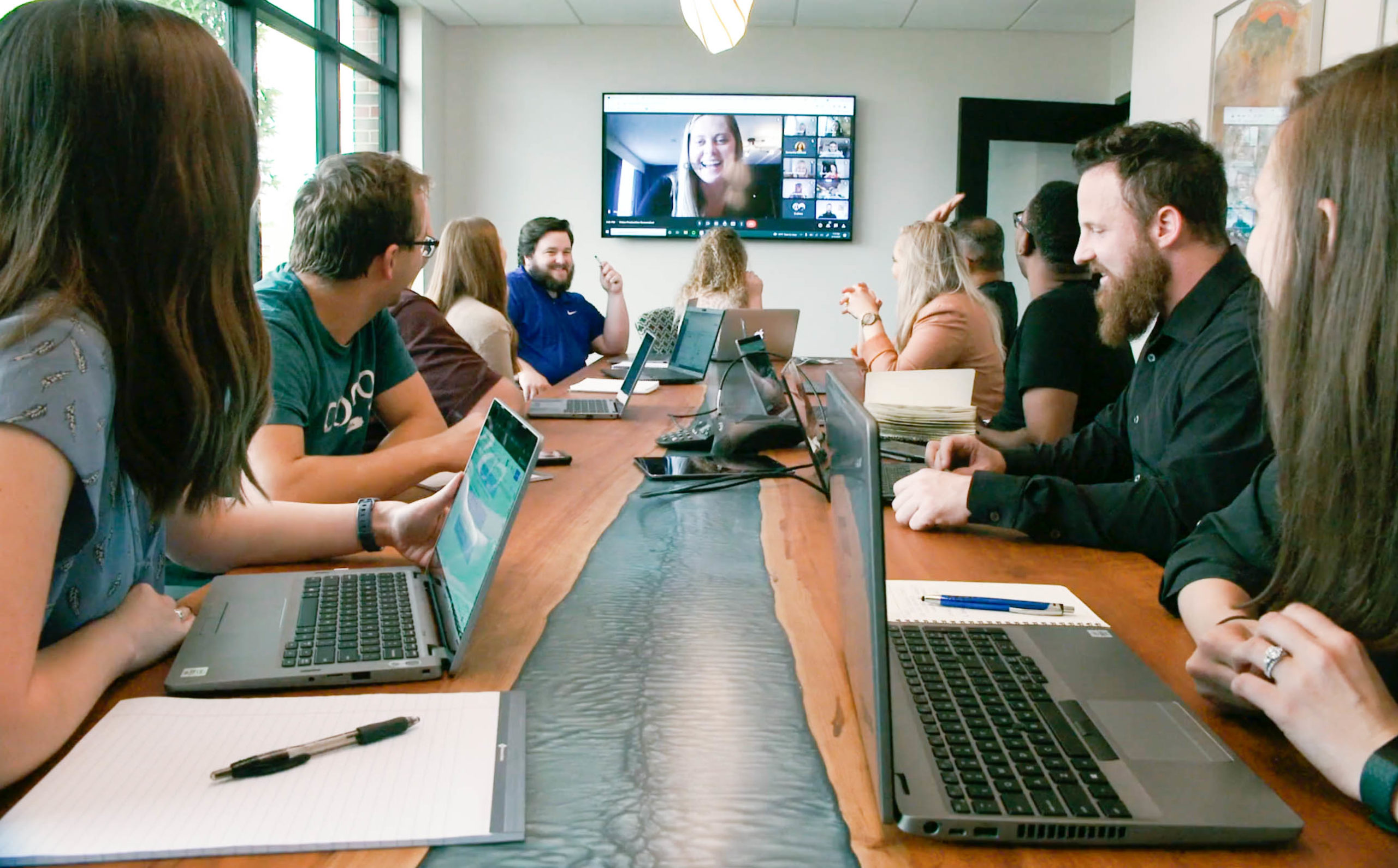How to Build an Effective CPG Marketing Strategy
Consumer packaged goods (CPG) – a massive category with a lot of nuances to consider. Some goods are purchased daily, while others have a longer life cycle ranging from months to years.
The goal that unites all CPG brands? The need to build brand affinity to gain a lifelong customer, regardless of the frequency of purchase. Achieving a high customer lifetime value requires ongoing, personalized investment. It’s about relationships, not just reach.
There is a low switching cost for CPG brands, and competitors can swoop in and take your customers. There will almost always be MANY other choices and consumers are becoming less loyal. Building loyalty requires going beyond transactions and forming authentic relationships that delight users and create long-term brand advocates
So, how can brands create a CPG marketing strategy that optimizes the consumer experience – that attracts new customers and nurtures existing ones? We recommend a three-pronged approach to accomplish this goal:
- Be consumer obsessed
- Invest in outstanding content
- Lead with digital marketing tactics
How To Be Consumer Obsessed
If you don’t understand and deeply care about your key consumers, going beyond demographics, you will lose their attention every time. That’s why it’s critical for brands to do extensive research on their best customers. Understanding consumers’ pain points is a key first step in this learning phase – what challenges will your product solve for? How will it make consumers’ lives better? Make sure you acknowledge how you will alleviate their frustrations as you go-to-market.
Next, determine what motivates these individuals:
- Are they parents focusing on creating a safe home environment?
- Are they executives seeking products that insinuate prestige and luxury?
- Are they athletes looking to enhance their healthy lifestyle and improve performance?
Understand your audiences on a granular level to ensure you are speaking their language and appealing to what they care about.
Lastly, ensure you’re placing this message on channels where your core consumers are most engaged. This improves marketing ROI by decreasing media waste. Consider things like:
- Their hobbies and interests
- Where they most commonly shop
- Which websites and social media platforms they visit
- What publications or streaming services they subscribe to
At the end of the day, make the customer the hero of your brand story, rather than yourself. This will allow your brand to show up during foundational times and influence key decision-making moments. Remember, it can even impact generations of consumers as parents pass on their preferences to their children.
Why It’s Important To Invest In Outstanding Content
Once you understand your target audience, work on cultivating a memorable brand image and voice. All the audience research in the world will not reach its full potential unless the content you’re promoting is highly relevant and engaging. Even the strongest media strategy cannot override the impact of poor creatives on performance.
So, how do you achieve creative content excellence? This, of course, goes back to point number one – know your customers and what keeps them coming back. You shouldn’t speak to the safety-focused mother the same way you speak to the influence-focused executive. However, consumers are inundated with ads every day. It’s important to be strategic in showcasing your brand’s story, ensuring your ads are impactful and not disruptive for the wrong reasons.
Now, this can get very expensive, very quickly – if not done strategically. That means your brand does not need to show up on EVERY channel. Instead, create one or two meaningful content pieces, and identify ways to adapt this to each channel.
Lead With Digital Marketing Tactics
The purchase funnel is becoming shorter as information is available at our fingertips. Consumers can search for a product, read reviews, compare brands, and make an informed purchase in a matter of minutes. Most of the time, this is done digitally. Fortunately, this is also an environment where CPG brands can test and learn quickly.
A digital media strategy helps brands account for each stage of the consumer journey – whether on D2C, e-commerce marketplaces or in-store channels. Digital media placements also allow CPG brands to evaluate their content effectiveness and make small adjustments before buying the expensive TV spot or billboard. Start small and build scale once you have done the analysis to understand what works and what doesn’t.
CPG marketers have an exciting opportunity to identify ways to drive marketing ROI for their brand. The key is straying away from early mass media investment. Instead, prioritize smart learnings through audience-first digital activations with creative excellence. Here’s how to bring this to life:
Create Brand Awareness and Affinity
Every effective CPG marketing strategy starts at awareness – testing and amplifying messaging with prospecting audiences. Then, by activating a flexible, omni-channel approach, we can learn who our best audience is. We’ll also learn what channels we can reach them on and what messaging resonates best with them.
Get in front of potential customers early in the discovery phase. Search and retail media channels are particularly effective tactics to show up where consumers are actively looking for products. Consider these CPG brand awareness building tactics:
- Combine pay-per-click (PPC) search ads with organic search engine optimization (SEO) to maximize your discovery potential.
- Optimize product listing pages for SEO on e-commerce sites.
- Use retail media shopper data for first-touch prospecting efforts on video and display channels.
Prime Audiences to Purchase
Crossing the boundary from ad impression to ‘add to cart’ can be challenging. After reaching users in the discovery phase, deploy smart segmentation and retargeting to stay top of mind. It’s important to reach users across various media touchpoints from social to display to digital video with an omnichannel strategy.
Tips for establishing consideration:
- Target messaging and use effective frequency exposure across channels to make sure your product makes the shopping list.
- Understand how many interactions you need before a customer will remember your brand and make a purchase to optimize your budget.
Move Seamlessly to Sales Conversion
As a consumer nears purchase, machine learning and algorithms need to get to work. Use AI to predict and serve the right messaging at the right time. Also, use technology like dynamic creative optimization to tailor messaging to complement previous touchpoints – such as add to cart or existing cart reminders.
Tips for keeping your clients loyal to your brand:
- Use loyalty card data to understand frequency and cadence of purchase to serve your ads in the right place at the right time.
- Serve ads for complementary items to previous purchase, with sufficient buffer time post-purchase
- Surprise customers with incentives, promotions, or gifts
Want to learn more about how to create a best-in-class CPG marketing strategy for your brand?
We’ve got you covered. View the complete CPG Digital Marketing Playbook below.







